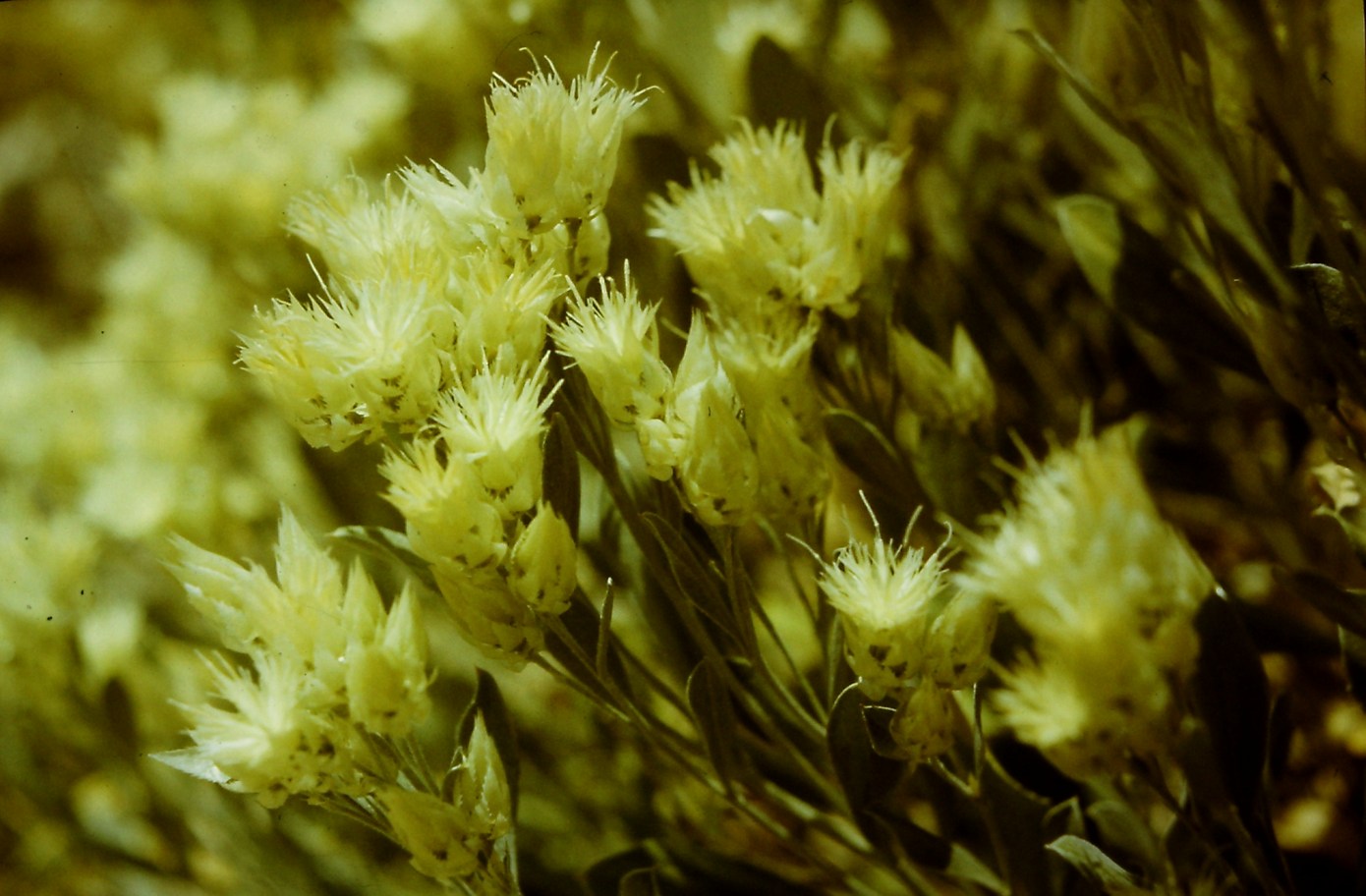Centaurea erivanensis: Red Data Book of Armenia

VU* В 1 ав(i,ii,iii) + 2 ab(i,ii,iii)
Category. Vulnerable species. The extent of occurrence is less than 5000 km2, the area of occupancy is less than 500 km2. It is rather abundant in the habitats. Thus the category of threat has downgraded to VU. It was included in the first edition of the Red Data Book of Armenia under Category 3: Reducing species. It is not included in the Annexes of CITES and that of the Bern Convention.
Description. Perennial herbs with thickened vertical root. Stems erect, adpressed grayish pubescent, not densely foliated. Involucre phyllaries with ovate, serrate–dentate appendages. Flowers creamy white. Achenes with short ciliate pappus.
Distribution. In Armenia it is found in Yerevan (Yerevan, Shorahbyur, Zovashen, Dzorahbyur, Yengidja, Urts mountain range, "Erebuni" State reserve) floristic region. EOO is 970 km2, AOO is 100 km2. The number of locations is 5. Besides Armenia grows in Nakhichevan (Aznaberd), East Anatolia and North–West Iran.
Ecological, biological and phytocoenological peculiarities. Grows from lower to upper mountain belts, at the altitudes of 700–2000 meters above sea level, on dry stony, gypsaceous or saline slopes, in semi–desert, steppe, among phryganoid vegetation, in tragacanth communities. Flowering from June to July, fruiting from July to August. Extremely variable species.
Limiting factors. Loss/degradation of habitats caused by land davelopment.
Conservation actions. Part of the population grows in "Khosrov Forest" and "Erebuni" State Reserves. Necessary: monitoring of the population state, enlargement of the territory of "Erebuni" State Reserve including area of red clays.
Suggestions
 The Ministry of Environment sent a letter international partners to draw their attention to the real danger of environmental disasters as a result of Azerbaijan's large-scale aggression towards the territory of Armenia
The Ministry of Environment sent a letter international partners to draw their attention to the real danger of environmental disasters as a result of Azerbaijan's large-scale aggression towards the territory of Armenia
 Vicia pisiformis: Red Data Book of Armenia
Vicia pisiformis: Red Data Book of Armenia
 Vavilovia formosa: Red Data Book of Armenia
Vavilovia formosa: Red Data Book of Armenia
 Trigonella capitata: Red Data Book of Armenia
Trigonella capitata: Red Data Book of Armenia
 Trigonella astroides: Red Data Book of Armenia
Trigonella astroides: Red Data Book of Armenia












